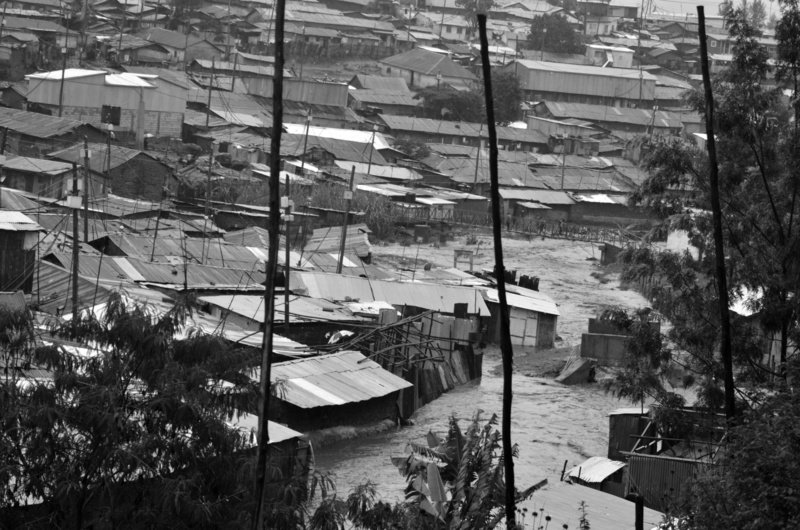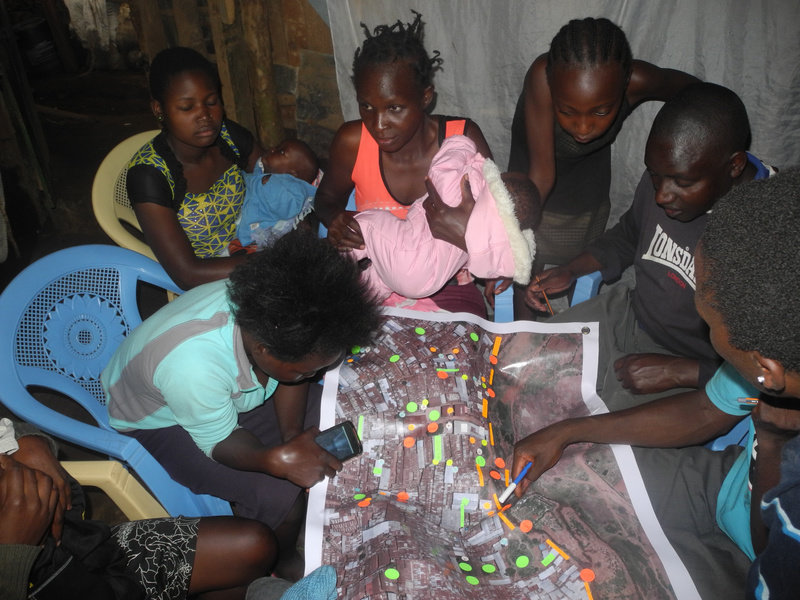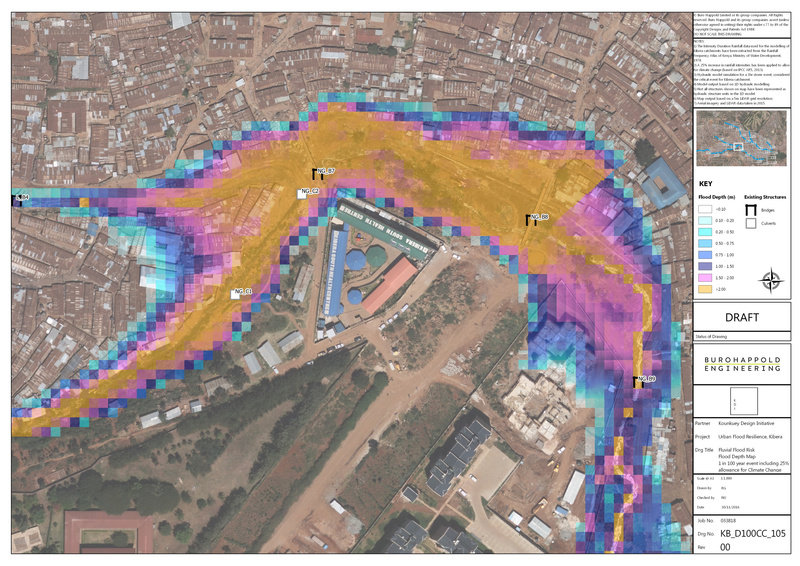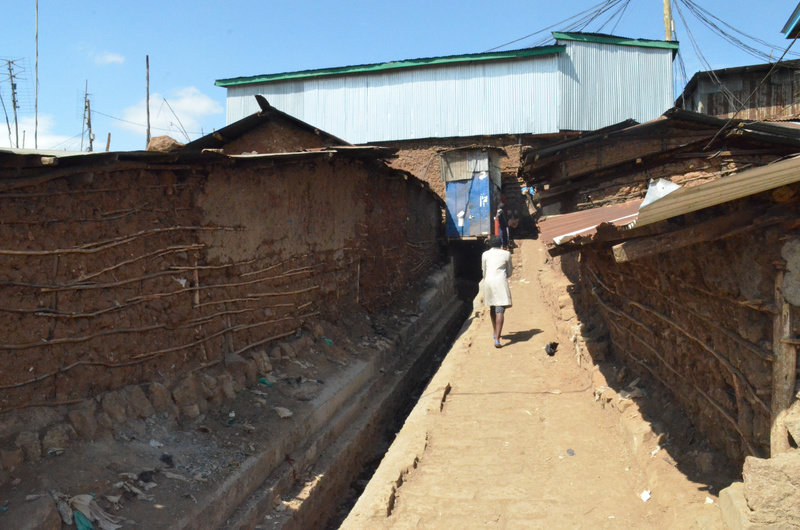Dissemination of findings with key stakeholders
Building Urban Flood Resilience: Integrating Community Perspectives
Flood protections being installed as part of the research
A map of household responses about flooding
Dissemination of findings with key stakeholders
Building Urban Flood Resilience: Integrating Community Perspectives



